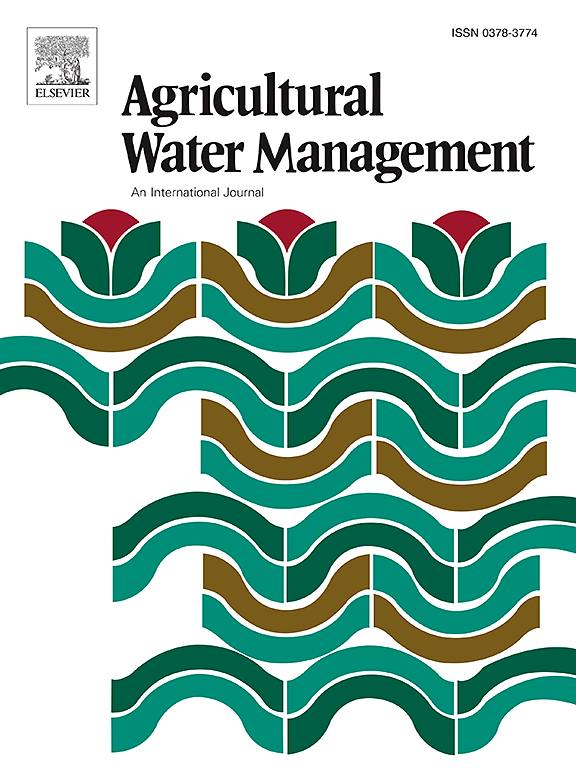Understanding hydrometeorological conditions and their relationship with crop production in the upper east region, Ghana
IF 5.9
1区 农林科学
Q1 AGRONOMY
引用次数: 0
Abstract
This study analyzes long-term patterns in precipitation, (P), evapotranspiration (ET), and meteorological and agricultural drought indices in the Upper East Region (UER) of Ghana from 1981 to 2017. The study further investigates the relationship between these hydrometeorological variables and yields of groundnut, maize, millet, rice, and sorghum from 1993 to 2017. Results indicate statistically non-significant trends in P and ET over the study period, corresponding with fairly consistent crop yields. However, both linear and non-linear relationships between crop yield and hydrometeorological conditions were observed, with extreme soil moisture (SM) and P levels negatively impacting yields, likely due to waterlogging exceeding optimal thresholds for crops, or drought stress. Regression analyses show moderate R-squared values (0.1 to 0.5), suggesting that while hydrometeorological variables are key drivers, other factors, such as farming practices and socio-economic conditions, also influence yield variability. These findings underscore the need for water management strategies to optimize soil moisture and mitigate the impact of both droughts and extreme waterlogging on crop production. The study recommends adopting modern agricultural technologies, such as precision irrigation and drought-resistant crop varieties, to enhance crop yields and ensure sustainable farming in the UER.
求助全文
约1分钟内获得全文
求助全文
来源期刊

Agricultural Water Management
农林科学-农艺学
CiteScore
12.10
自引率
14.90%
发文量
648
审稿时长
4.9 months
期刊介绍:
Agricultural Water Management publishes papers of international significance relating to the science, economics, and policy of agricultural water management. In all cases, manuscripts must address implications and provide insight regarding agricultural water management.
 求助内容:
求助内容: 应助结果提醒方式:
应助结果提醒方式:


